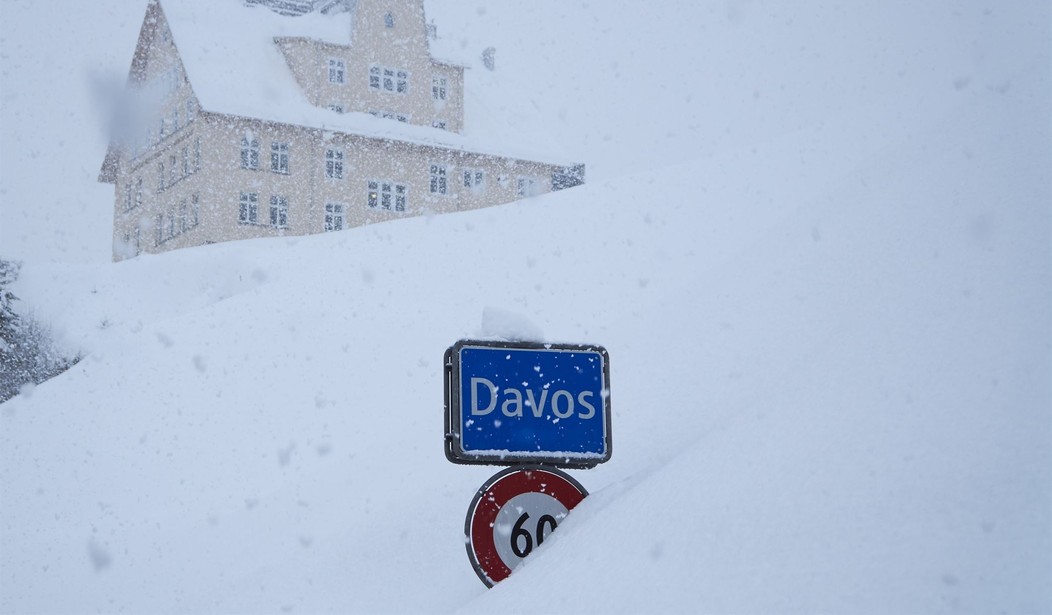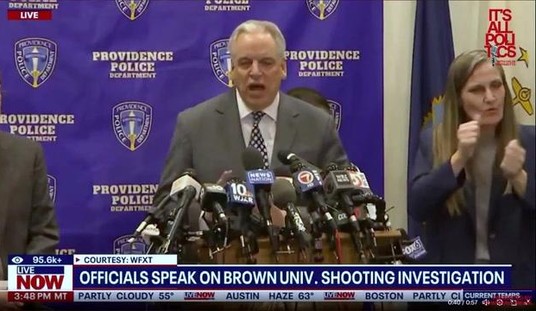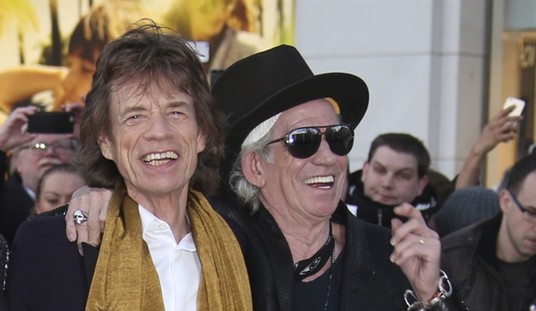They converged from all over the world onto a little town in Switzerland. Names like Sir David Attenborough, Shinzo Abe, Angela Merkel, Prince William, and Jacinda Ardern gathered in the Swiss town of Davos for the World Economic Forum’s Annual Meeting 2019. Making up the supporting cast were 3,000 mere millionaires and celebrities from business, government, civil society, academia, arts and culture, and media. On the agenda was literally the roadmap for the future of the world. More formally, the theme was “Globalization 4.0: Shaping a Global Architecture in the Age of the Fourth Industrial Revolution.”
And what a plan it was! There was a scheme for global data governance. The president of Afghanistan, Mohammad Ashraf Ghani announced the passage of 390 new laws to significantly increase the number of women in politics. The government of the UK announced a five-year plan to tackle the global threat of antimicrobial resistance. The forum proclaimed a movement for a new deal for nature and people, led by Al Gore. And greatest of all, it announced support for the United Nations Conventions on Climate Change and Sustainable Development Goals.
Who could have predicted that, three years later, the president of Afghanistan would have been driven out of the country by the Taliban, the global Covid pandemic would have displaced concerns over antimicrobial resistance, President Joe Biden would be begging Saudi Arabia and Venezuela for oil, Europe would be reviving nuclear power and coal, there would be worries over famine in the Middle East, and NATO would be on the brink of war with Russia invading Ukraine. The in-person 2021 Davos meeting itself would be canceled due to the Covid pandemic.
Events are now developing too rapidly for the explainers to cope. Covid is back in China. Russia is borrowing money from China. China’s share market is tanking. The Kremlin’s missiles are hitting close to NATO’s eastern border. The old global world looks like a Russian T-72 that’s been hit by a Javelin missile.
The system collapsed with amazing swiftness because the assumptions on which the projected future was based proved false. Nature, despite advances in medicine, could not be fully controlled. A mutating Covid could be mitigated, but not stopped by vaccinations, masks, and social distancing. Lockdowns and mandates disrupted life and the supply chain far more than experts had predicted. Renewables failed to prevent a growing European dependence on Russian gas. The Green dogma of discouraging oil production only fed the inflation caused by social deficit spending. Governments could not, at least to the extent they imagined, spend money they didn’t have. Planning proved no match for complexity.
Crucially, soft power proved an inadequate substitute for hard power. Putin demonstrated that tanks could pierce paper treaties and the Ukrainian army showed that guided missiles could stop tanks. But trust in international guarantees, like the Budapest agreement, that were the linchpin of the “global world order,” took a shattering blow when Russia, a signatory that promised to respect Ukraine’s boundaries in exchange for its nuclear weapons, tore it up and Joe Biden couldn’t stop him. At a stroke, the old world order, purchased at the price of the Cold War and its dead, effectively ended on Feb 24, 2022, in the second year of Joe Biden’s first term. Whose “fault” it was is for history to assign, but the fact seems clear enough. It foundered on faulty assumptions on both sides. Build Back Better and the Green New Deal were just as delusional as Putin’s belief that he could enter Kyiv in two triumphant days.
But the newly rekindled Cold War has probably not yet expanded to its fullest extent. Iran fired missiles at the Erbil American consulate even while it was engaging in talks with the U.S. over its nuclear weapons program. A cyberattack against Israeli sites followed reports of a failed Mossad op against Iran. There will probably be more of this; with the great powers fully preoccupied, the medium-sized powers like Iran and North Korea will find themselves free to range afield. It’s beginning to resemble a low-intensity global conflict, where the extent is defined by the rules of engagement. Expansion will principally take the form of making the ROE more permissive. For example, in Ukraine, civilians are now targets, the Western border is no longer safe, and Syrian mercenaries are openly being recruited for deployment. As for sanctions, their extent gets bigger every day. Stock markets tumble, wheat prices rise, inflation runs wild. A shadow lengthens over the lives of ordinary millions. Where will it stop?
It will stop at the point where the combatants run out of energy to sustain it. Bureaucratic entrepreneurs often attempt to solve a problem that is intractable in its original context by enlarging it. That is what Putin has done so far, and others besides. Perhaps we should go back to George Polya’s famous “how to solve a problem” checklist and ask ourselves: Do we understand how the problem started? Can we posit the conditions under which it will end? I suspect we can’t. What we’ve got is a motley collection of assorted platitudes about renewable energy, stakeholder governanace, gender equality, and climate change left over from the last party in Davos, 2019. A long time ago.
How simple things seemed in those days, when politicians, celebrities, and civil society personalities could gather in a Swiss town, armed with nostrums, and set out to save the world. Will we see their like again? Three years would have to pass before it became clear that things are not so simple: The world refuses to be saved by anyone, except itself. Yet if that marks the end of illusion, it is also the beginning of hope. An American journalist leaving Ukraine wrote:
I am leaving Ukraine with many hours of interviews and footage of important stories that need to/will be told soon. I’m also leaving with a new respect for the safety I have living in the US, but a realization that the world is a more evil place than I ever thought.
The world is a more evil place than commonly realized, perhaps, but it is also filled with more good than conventional wisdom could ever imagine.
Books: The Strategy of Denial: American Defense in an Age of Great Power Conflict by Elbridge A. Colby. He was the lead architect of the 2018 National Defense Strategy, the most significant revision of U.S. defense strategy in a generation. Here he lays out how America’s defense must change to address China’s growing power and ambition. Based firmly in the realist tradition but deeply engaged in current policy, this book offers a clear framework for what America’s goals in confronting China must be, how its military strategy must change, and how it must prioritize these goals over its lesser interests. The most informed and in-depth reappraisal of America’s defense strategy in decades, this book outlines a rigorous but practical approach, showing how the United States can prepare to win a war with China that we cannot afford to lose—precisely in order to deter that war from happening.
NukAlertTM Nuclear Radiation Detector/Monitor (Keychain Attachable) Alarm. Always “ON” 24/7, Includes long-life 10+ year battery. Detection Range: 100 mR/hr to 5,000 R/hr, Gamma and X-rays from 20 keV to above 2 MeV. 2 year regular warranty, 10 year prorated warranty. Meets DoD EMP immunity standards. Made in the U.S.A.










Join the conversation as a VIP Member